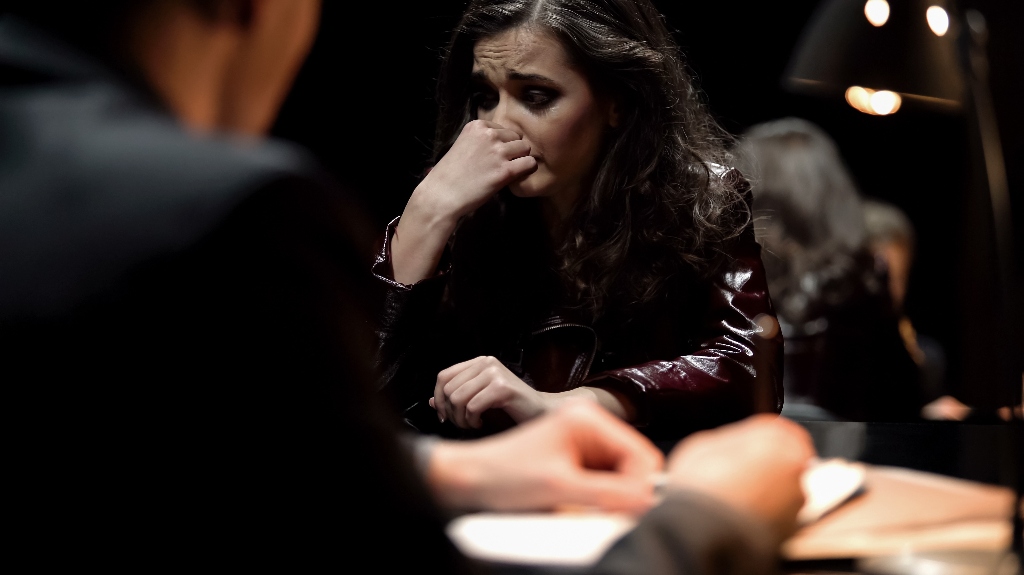
If you are facing criminal charges in Ohio, it can be intimidating. However, when you know the steps in the criminal judicial process, you can alleviate some of the stress and start to plan your defense. Here is our step-by-step guide to understanding Ohio’s criminal defense process.
Step 1: The Arrest
Your first encounter in the process will begin with an arrest. If the police have probable cause or an arrest warrant, they can place you into custody. During the arrest, law enforcement must read your Miranda rights. You will have the right to remain silent and the right to an attorney. Anything said without these rights being read may be inadmissible in court. You can exercise your right to remain silent and request a lawyer during this time.
Step 2: Booking and Initial Appearance
After the arrest, you will be booked. With that, your personal information is recorded. Also, you will be fingerprinted and photographed. Within 24 to 48 hours, you can expect an initial appearance before a judge. At this time, the judge informs you of the charges and your rights. Sometimes, you will be eligible for bail, which allows you to be released from custody while awaiting trial.
Step 3: Arraignment
Next, you will need to attend a formal hearing known as an arraignment, where you’re officially charged and asked to enter a plea. You can plead guilty, not guilty, or nolo contendere. A not guilty plea will lead to a trial, while a guilty plea moves to the sentencing phase.
Step 4: Pretrial Proceedings
You will head to the pretrial stage if you make a not guilty plea. During this time, your defense and the prosecution build their cases. They will engage in discovery when both sides exchange evidence and witness information.
Sometimes, the judge may also schedule a pretrial hearing to address any issues and make sure both sides are prepared for trial.
Step 5: Plea Bargaining
Your attorney might try to negotiate a plea bargain during this stage. You can plead guilty to a lesser charge in exchange for a reduced sentence. Many times, this can save time and avoid the uncertainty of a trial. However, it does mean giving up the right to have your case heard in court. You will want to discuss this option with your criminal defense lawyer.
Step 6: The Trial
If no plea deal is reached or you don’t want to accept one, the case goes to trial. You have the option of a bench trial, which is decided by a judge, or a jury trial, which peers decide. There are several steps to this process:
- Jury selection
- Opening statements
- Presentation of evidence
- Closing arguments
- Deliberation
In a criminal trial, the prosecution must prove your guilt beyond a reasonable doubt. You will either be found guilty or not guilty. For those with a guilty verdict, they move on to sentencing.
Step 7: Sentencing
The judge will determine the appropriate punishment during the sentencing phase. While the judge does have some flexibility, Ohio follows sentencing guidelines. These sentences can range from fines and probation to jail or prison time. In some cases, alternatives like community service or drug treatment programs may be considered.
Step 8: Appeals
You can file an appeal if you and your legal team believe there was a legal error during the trial. This challenge questions the fairness or legality of the trial proceedings. Many times, this is due to improper evidence or mistakes made by the judge. The appellate court can reverse the conviction or order a new trial if the appeal is successful.
Find a Criminal Defense Lawyer for Your Case
Understanding Ohio’s criminal defense process can be complicated. However, by learning more about each step, you can make better decisions for your case. One step that should never be skipped is hiring a skilled and qualified lawyer.
At Hunt Law LLC, we have defended people against criminal charges in the Buckeye State. To arrange a free consultation, please contact us at 330-469-9836.